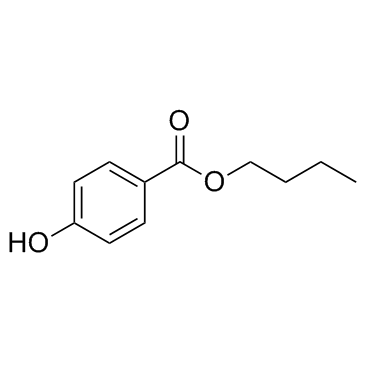| 结构式 | 名称/CAS号 | 全部文献 |
|---|---|---|
 |
对羟基苯甲酸丁酯
CAS:94-26-8 |
|
 |
1,1,4,4-四苯基-1,3-丁二烯
CAS:1450-63-1 |